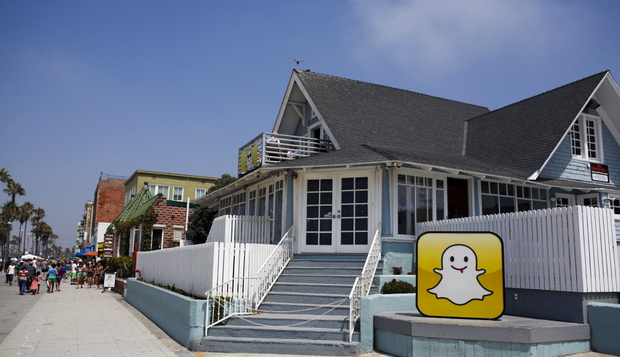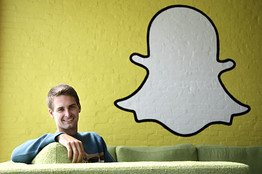
Facebook’s clearly losing its cool, and as we’ve revealed in our Fall Youth Culture Study 2013, there are other social networks that are taking over what was once considered insurmountable. With the recent news that Snapchat refused a $3 billion offer from Facebook, it’s making Facebook look even more like a MySpace.
Even though Facebook has a similar app to Snapchat called Poke whereby people can take ephemeral pics and post for a short time, no one uses it. Snapchat, however does attract youth markets mainly because they can post and keep their messages to their friends private—in particular, from parents. And sexting is a part of this.

Snapchat’s also added a new component called Snapchat Stories whereby you can string many of your Snapchat pics to tell a longer story/narrative which then you can share with friends and of course, get rid of when you want to. It lasts up to 24 hours.
Snapchat, which was launched by Evan Spiegel and Bobby Murphy two years ago, house their budding social media platform in the “blue house” on the Venice boardwalk in Venice Beach, CA. They are literally only blocks away from Label Networks’ office. Not that that really matters, but having worked in the area for years, it’s a well-known fact that the businesses in the little blue house almost always disappear after a max of 3 years. (Ask any local about the curse of the little blue house.)
That being said however, Snapchat thinks its worth more than the $3 billion Facebook offer, so obviously they think they’re going to stick around. Other investors are in play too including Tencent Holdings, the giant ecommerce platform from China which is popular with youth culture markets in Asia, and has asked to lead an investment of $4 billion.
With Twitter going public last week and valued at $25 billion, and the ongoing buzz from Instagram, Tumblr, and Pintrest, it’s as though we’re back in the Internet Bubble Days. The common threads here are that these platforms have no revenue models. And an increase in the number of users does not necessarily translate to dollars.
In addition, everyone’s wondering where the cool kids are going. We know and have revealed where they are migrating to and why for some time by tracking preferences and lifestyle patterns with thousands of interviews with 13-25-year-olds throughout the year. Ironically, Facebook for example, just can’t figure it out. Their latest move at trying to get Snapchat stamps the brand as lacking cred among the very audience they have been trying to grow.
It gets worse (for Facebook). Insiders say Facebook actually offered Snapchat $1 billion and then beefed it up to $3 billion weeks later after the Snapchat people said no.
Mobile image photo sharing is a big business, obviously, and the marketplace most adept at it is youth culture. But capturing this highly tech-savvy audience is way more difficult than buying your way in, even for $3 billion dollars.
For more information about youth culture markets and social networking patterns, contact us at info@labelnetworks.com (323) 630-4000.


